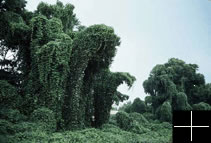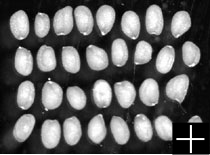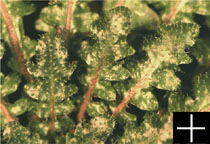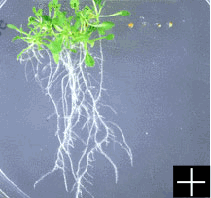 |
Genetics of invasives exchanged between the U.S. and China Biological invasions represent one of the most pressing conservation issues of our time. Population genetics can provide a powerful forensic tool for understanding the geographic distribution of invasive species, including the history of invasion and the likely sites of origin within the native range. With funding from NSF, we have established an international partnership to explore these research avenues. |
|
|
|
||
 |
Dissecting selection on multiplex traits of Arabidopsis thaliana Why do plants possess such a diverse collection of defensive traits, such as chemicals, hairs and thorns? This project combines field experiments that manipulate environmental factors with the statistical power of quantitative genetics to explore how selection acts on traits both individually and as a suite of complex interacting traits. |
|
|
|
||
 |
Genetic basis of complex traits Most traits of interest to ecological geneticists are thought to be genetically complex (i.e., quantitative genetic traits underlain by multiple loci, each of small, additive effect and interacting with the environment). Understanding the genetic basis of complex traits is critical in understanding their evolutionary dynamics. We are exploring this question using a combination of QTL mapping techniques and field experiments. |
|
 |
Evolution across severe environmental gradients Many plants grow across severe environmental gradients. Often, selection along this gradient can impose divergent selection and perhaps drive local adaptation and speciation. Understanding the relative strengths of selection, drift and gene flow in such populations can provide clues as to the evolutionary trajectories of species. We are exploring these questions using a combination of approaches including field experiments and molecular population genetics. |
|
 |
Evolution of resistance and tolerance I have worked extensively on the evolution of resistance and tolerance to herbivores and disease. Work in my lab continues in this area, but extending to several different selective agents, including herbicides and complex organic soil compounds. We are exploring these questions using a combination of approaches including greenhouse and field experiments, mutant analysis, molecular genetics and molecular evolution. |
|